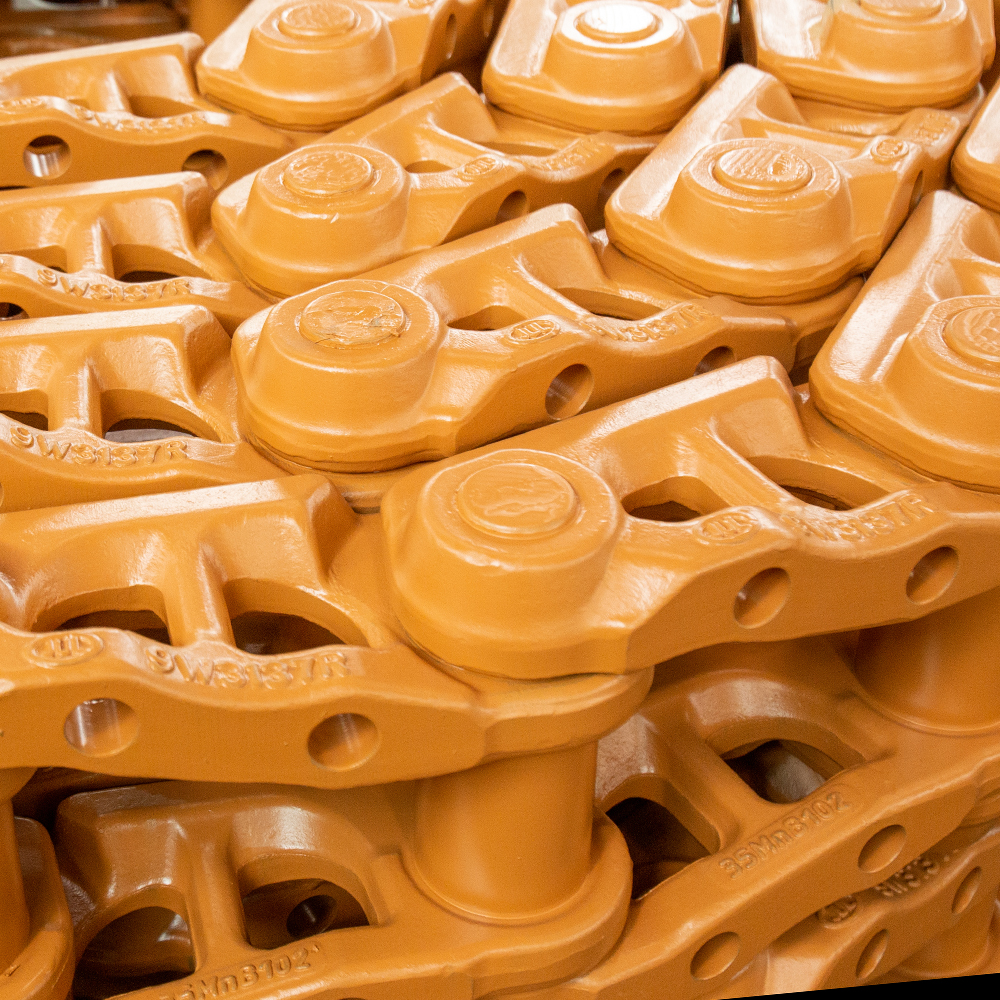Maintaining tracks with rollers is important to ensure their optimal performance and longevity. Regular maintenance can help prevent issues, identify potential problems early on, and extend the lifespan of the equipment.
Here are some key maintenance considerations for tracks with rollers:
Cleaning: Regularly clean the tracks and rollers to remove dirt, debris, and other contaminants. This can be done using brushes, compressed air, water (if appropriate), or specialized cleaning solutions. Pay attention to hard-to-reach areas and ensure thorough cleaning.
Lubrication: Proper lubrication is crucial for smooth operation and reduced friction between the rollers and the track. Follow the manufacturer’s recommendations for the type and frequency of lubrication required. Apply lubricants to the rollers and track surfaces as specified, taking care to avoid over-lubrication.
Inspections: Conduct routine inspections of the tracks and rollers to check for signs of wear, damage, misalignment, or loose components. Look for issues such as worn-out rollers, loose bolts, or damaged track guides. Regular inspections can help identify problems early on, allowing for timely repairs or replacements.
Tension Adjustment: Maintain proper tension in the track to ensure the rollers engage correctly. Follow the manufacturer’s guidelines for tension adjustment and use appropriate tensioning devices if required. Improper tension can lead to performance issues or premature wear.
Replacement of Worn Parts: Monitor the condition of the rollers, track guides, and other components. If any parts are excessively worn, damaged, or no longer functioning properly, replace them promptly. Don’t wait for them to fail completely, as it can lead to further damage or operational disruptions.
Environmental Considerations: Consider the specific environmental conditions in which the tracks and rollers operate. track link excavator If they are exposed to corrosive substances, extreme temperatures, or other challenging factors, take appropriate measures to protect against corrosion, thermal expansion/contraction, or other potential issues.
Operator Training: Proper training of equipment operators is essential. Ensure that operators are aware of the maintenance requirements for tracks with rollers and understand how to operate the equipment safely and efficiently. Encourage them to report any abnormalities or concerns promptly.
Remember to consult the manufacturer’s guidelines, recommendations, and maintenance schedules specific to your tracks and rollers. Following their instructions, along with industry best practices, will help ensure effective maintenance and prolong the lifespan of your tracks and rollers.
What load capacities can tracks with rollers typically handle?
The load capacities of tracks with rollers can vary significantly depending on various factors such as the design, size, and construction of the tracks, as well as the specific type and quality of the rollers. Additionally, the load capacity may differ between different manufacturers, models, and applications. Therefore, it’s important to consult the manufacturer’s specifications and guidelines for accurate load capacity information.
That being said, tracks with rollers are commonly used in applications that involve heavy loads. They are designed to provide stability, load distribution, and enhanced traction, allowing them to handle substantial weight. Load capacities can range from a few hundred pounds to several tons or more, depending on the specific track and roller configuration.
For example, in construction machinery such as crawler excavators or bulldozers, tracks with rollers are designed to support the weight of the equipment itself as well as the additional loads from materials being moved or lifted. In such applications, load capacities can typically range from tens of thousands of pounds to hundreds of thousands of pounds.
It’s important to carefully consider the load requirements of your specific application and choose tracks with rollers that can handle the expected loads. If you’re unsure about the load capacity or have specific load requirements, it’s recommended to consult with the manufacturer or a qualified engineer who can provide guidance based on your specific needs.
